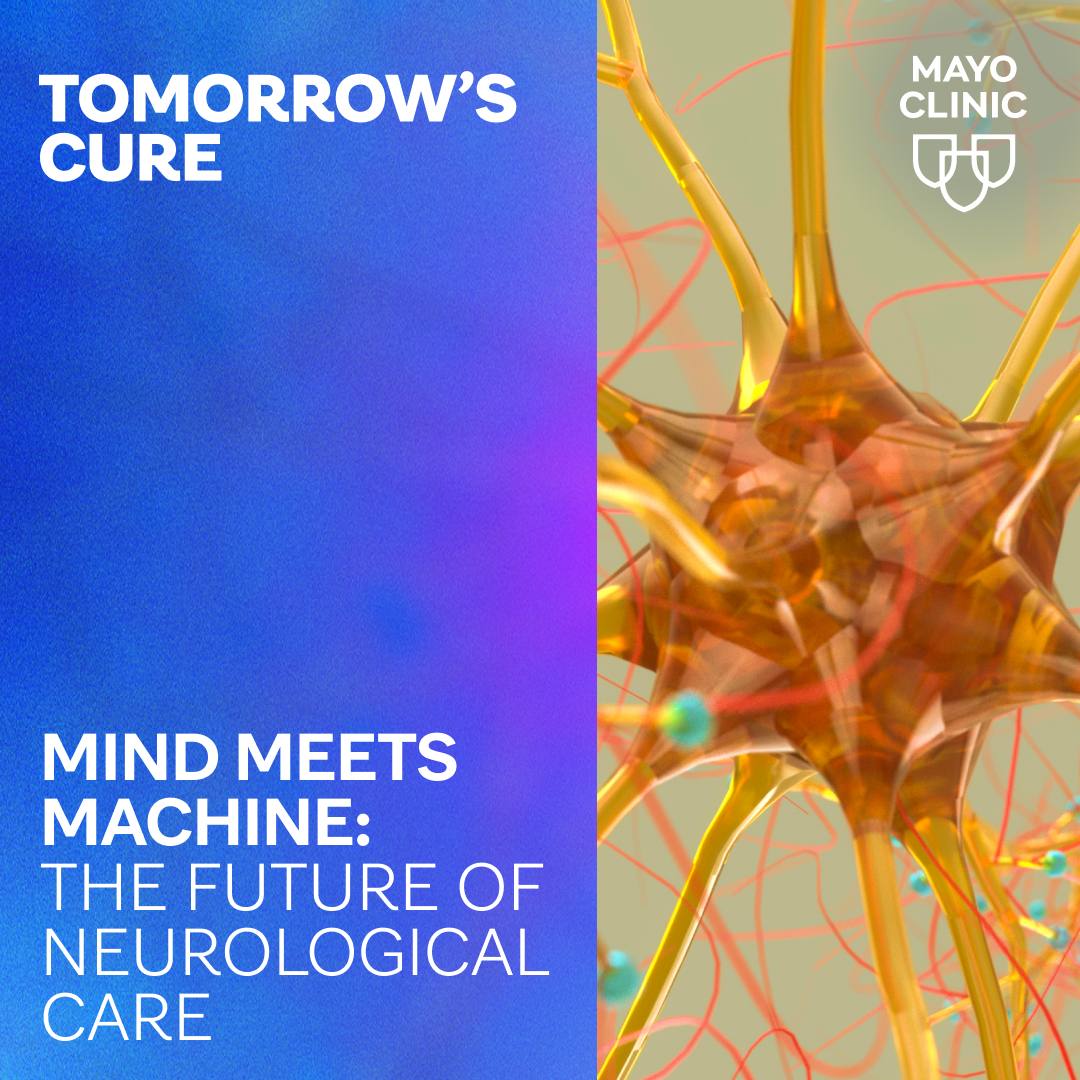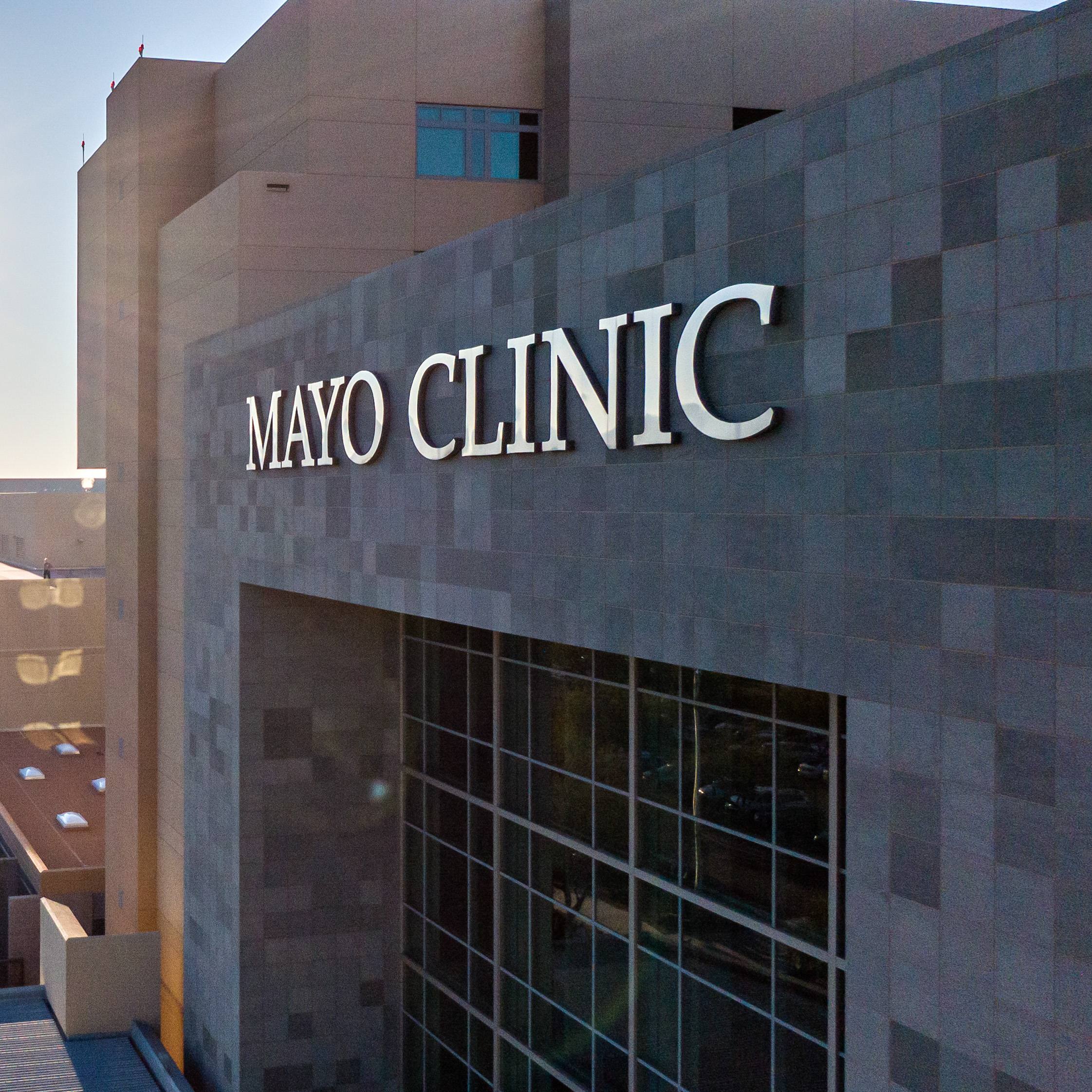-

New Technology Used by Mayo Clinic Treats Evaporative Dry Eye Symptoms
SCOTTSDALE, Ariz. — May 29, 2012. Mayo Clinic in Arizona is the first medical center in Arizona and the Southwest to provide a new technology that treats dry eye by targeting blocked eyelid glands. Blocked glands can inhibit production of oil that is necessary for healthy tears needed to lubricate the eyes.

VIDEO ALERT: Click here for footage of the procedure and information from Dr. Shen about dry eye.
People with chronic dry eye, from this evaporative sub-type , often experience pain and irritation caused by an inadequate protective layer of oils in their tears, which creates a cycle where they resort to excessive use of eye drops that can exacerbate the condition, according to Joanne Shen, M.D., Ophthalmology, Mayo Clinic in Arizona. "Patients are frustrated in their attempts to find relief, frequently trying warm compresses, ointment, eye drops or even vitamins," says Dr. Shen.
The new treatment, called the LipiFlow thermal pulsation system, represents a significant shift from the traditional management of dry eye, in that the system is able to diagnose and address the root cause of the condition — obstructed meibomian glands. When active, these glands lubricate the tear layer, reducing friction caused by the constant rubbing of the eyelids on the eyeballs and providing relief from symptoms such as itchiness, redness, gritty sensation, burning and sensitivity to light.
An in-office evaluation of the patient's oil glands determines eligibility for the treatment. The exam includes assessing the severity of symptoms, measuring oil layer thickness by interferometry and observing the number of functioning oil glands in the lower eyelid margins. If eligible, based on this three-part part exam, the patient moves to the next step in the treatment — unblocking the oil glands.
An FDA-approved, patented, single-use sterile device resembling an eyecup is placed over the eye while the patient reclines. During a 12-minute period, the device produces a warm, gentle, pulsating massage to the lower eyelid to relieve the blocked meibomian glands. The treatment aids the glands in resuming release of oil with every blink, which is needed for a healthy tear film.
The LipiFlow treatment requires no downtime or recovery. Patients can go home shortly after the procedure. Results can be experienced within days, and effects of the treatment can improve for several months and up to a year, at which time the patient is reevaluated and may require additional treatment.
Occasionally, patients with prior inflammation of the eyelids can experience eye irritation for up to one week after the thermal pulsation treatment.
Dry eye is especially concerning to patients who reside in a desert climate and use computers for long periods, which can result in much more than irritation. "Over time, without lubrication from the meibomian glands, the tears evaporate repeatedly and can result in more serious eye conditions, such as long-term damage to the surface of the eye," says Dr. Shen. She notes that by staring for long periods at a computer screen, in deep concentration, people tend to blink less, causing a blockage of the opening of the meibomian glands that results in inflammation and a vicious cycle of dry eye syndrome.
"Dry eye symptoms are among the most common patient complaints when they visit their eye doctor," says Dr. Shen. "The condition can affect activities in their daily lives such as driving, using the computer, watching TV, hiking or wearing contact lenses. Early evaluation and appropriate intervention can keep eyes healthy for a lifetime."
###
About Mayo Clinic:
Recognizing 150 years of serving humanity in 2014, Mayo Clinic is a nonprofit worldwide leader in medical care, research and education for people from all walks of life. For more information, visit 150years.mayoclinic.org, www.mayoclinic.org and newsnetwork.mayoclinic.org.
Media Contact: Lynn Closway, Public Affairs, 480-301-4222, Mayo Clinic







